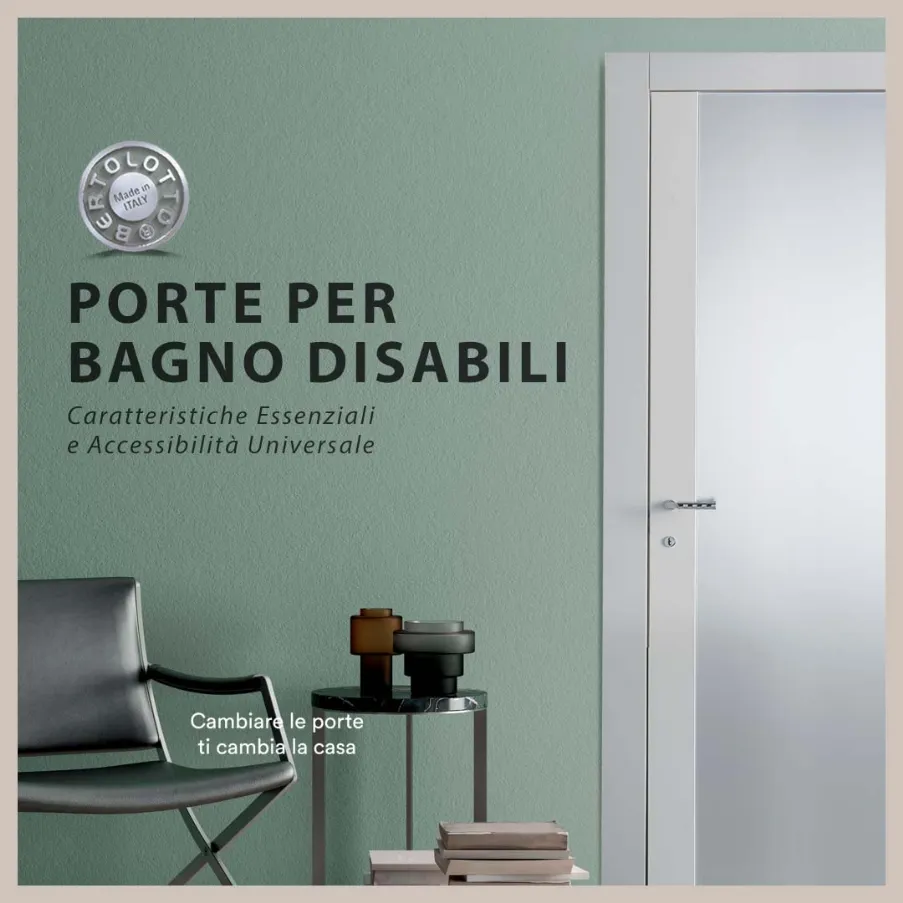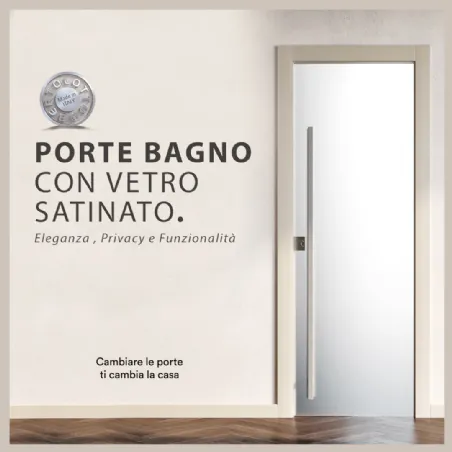Doors for disabled bathrooms
Toilet Door for the Disabled: Essential Features and Universal Accessibility
Designing accessible spaces is essential to ensure that everyone can enjoy a comfortable and independent life, regardless of their physical abilities. One key element of an accessible bathroom is the door. In this article, we will explore the essential features of a bathroom door for disabled individuals and how it should be designed to ensure universal accessibility. 1. Adequate Width: The width of the bathroom door for disabled individuals is a critical element. It should be wide enough to allow passage of a wheelchair or other mobility aid. In general, a width of at least 90 centimeters is recommended, but a greater value may be necessary based on the specific needs of the user. 2. Accessible Handles: The door handles should be easy to grip and use. Lever or bar handles are often the best choices, as they require less effort to operate than doorknobs. Additionally, it is important to position them at an accessible height, typically between 80 and 110 centimeters from the floor. 3. Sliding or Hinged Doors: Doors for disabled bathrooms can be designed as sliding or hinged doors. Sliding doors are often preferred because they do not take up space when opened, which is particularly useful in small bathrooms. However, hinged doors can also be accessible, as long as they meet the requirements of width and suitable handles. 4. Easy Locking System: The door locking mechanism should be easy to operate. It is advisable to use an automatic or sliding closing system, so that the user does not have to exert excessive effort to close the door. 5. Clear Vision: It is important for the door to have a window or viewing panel, so that someone outside can see if the bathroom is occupied. This is particularly useful in emergency situations or when a person may need assistance. 6. Durable and Easy-to-Clean Materials: Bathroom doors for disabled individuals should be made of durable and easy-to-clean materials. This ensures that the door remains in good condition over time and ensures a hygienic environment. In conclusion, designing a bathroom door for disabled individuals requires a lot of attention to detail to ensure universal accessibility. A well-designed door contributes to creating a comfortable and inclusive environment for everyone. When planning an accessible bathroom, it is important to consider all of these features to ensure the best possible experience for users with disabilities.



